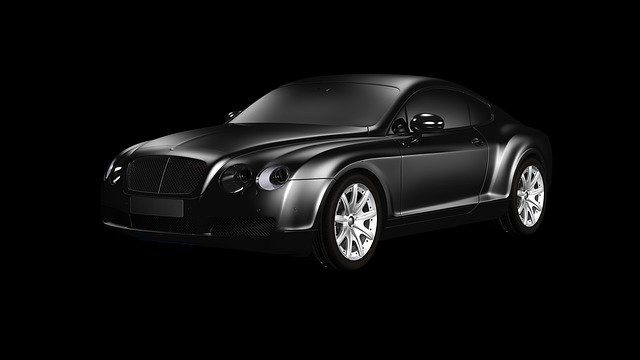The Industrial Designers Society defines industrial design as a practice encompassing various products focusing on appearance, functionality, and manufacturability. Through industrial design, life is improved using well-executed designs.
This is a contributed post and does not necessarily reflect the opinions of Meet The Harris Family.
Industrial design started as a professional practice during the 19th century. Its emergence is linked to the industrial revolution and the shift to mass production. Industrial designers are considered artists and engineers; they deal with both aesthetics and functionality of materials for human consumption.
Over the years, industrial has been evolving. This is due to technological advancements and socio-economic forces.
Industrial Architects Versus Designers

Whilst industrial designers are involved in product design, industrial architects are behind creative building designs. Industrial architects build according to the demands of their clients while meeting safety requirements. They look at the design of a structure based not just on aesthetics but also on its functionality.
An industrial architect’s job includes giving cost estimates to clients and adjusting the design based on budget and time constraints. They also provide specifications needed in the build, including how the space will be utilized and the materials needed.
The University of Michigan mentions that Albert Khan is America’s most influential industrial architect. According to the university, Khan changed the health and safety conditions in early 20th century factories in the US. His most famous client is Henry Ford, where he created automobile plants.
To address the evolving needs of a modern factory, he introduced new materials like reinforced concrete and non-intrusive steel structures. Khan also introduced natural ventilation to create a better facility conducive for factory workers.
Both industrial designers and architects are crucial in the ever-evolving world. To create better facilities and innovative products, many sectors have sought the expertise of both. Let’s take a look at some of these industries.
Tech Industry
Data centers require sensitivity when it comes to planning and design. Materials that need to be used in these kinds of facilities must be functional and energy-efficient.
Evidence proves that data centers are more energy-intensive than office spaces. These centers consume 2 percent of America’s electric supply. Therefore, best practices and the selection of proper materials must be involved in creating these facilities.
This is where industrial architects can help. Incorporating efficient cooling systems instead of energy-intensive air conditioners can help reduce energy consumption in data centers.
At the same time, industrial architects can ensure a data center’s smooth day-to-day operations. For example, selecting a proper server room flooring can keep data centers safe and static-free. This type of flooring can also help the entire facility’s cooling system by not trapping heat; heat can potentially harm the facility’s hardware and high-density rack loads.
Car Industry

The car industry employs both industrial architecture and design. Industrial architects take care of the build of an automobile facility; industrial designers help in manufacturing automotive. Some professionals even combined their expertise in both architecture and design to contribute to the automotive industry.
Frank Lloyd Wright and Le Corbusier, two of the most important modern architects, brought their expertise to the creation and design of automobiles. Wright, for instance, designed for and around cars. Most of the homes he designed are heavily influenced by his love for cars. As a believer in decentralization, Wright saw cars as a way to bring people back to the suburbs. Le Corbusier, on the other hand, is a fan of cities. Hence, in his designs, he incorporated superhighways to transport people in and out of the city.
What Wright and Le Corbusier did was called “carchitecture.”This is a term coined referring to cars’ influence on architecture. However, it was Albert Khan who made a major impact in terms of designing for the automotive factories. His major projects include Packard Plant, Ford’s River Rouge, and Highland Park plants.
Car Design
Now that we have talked about the relationship between architecture and cars, let’s delve into the design aspect. Most vehicles designed in America involve industrial designers on its team. Automotive design, in particular, concentrated on the development of vehicles used inland. These designers sketch and use computer-aided design (CAD) programs. As mentioned earlier, designers do not design just for the visual appeal of a car. They also consider the functionality and performance of the car.
The car design involves both exterior and interior. The interiors, in particular, require attention because this must provide comfort to those using the car. Hence, constant research and discovery of innovations are crucial to create the perfect car.
Aside from the car and tech industry, most industries rely on architects and designers. Hence, a career in both should be part of your consideration.

